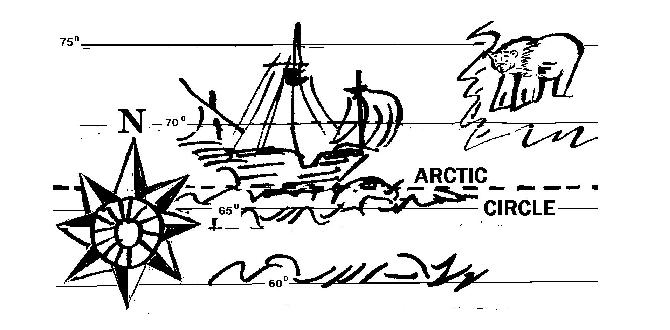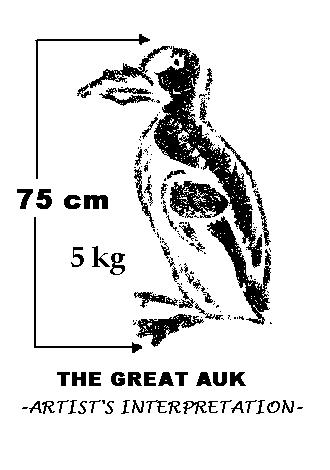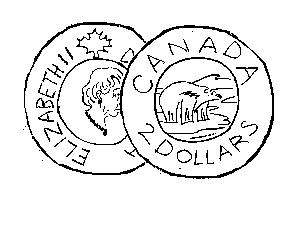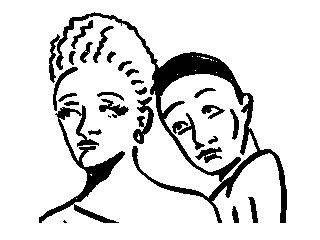|
|
 |
|
______________________
|
 |
|

______________________________
The "Crossing the Line" ceremony is an ancient sailing tradition observed when ships pass over such "lines"
as the Equator, the Arctic Circle, the International Dateline, and the Antarctic Circle.
Once novice sailors--or Pollywogs--have endured the ritual of the line crossing ceremony, they become Shellbacks. Those
who pass over the Arctic Circle are inducted into the Order of the Blue Nose.
The ceremony, conducted by King Neptune and his retinue, was once a brutal rite. Now, the initiation is regulated and voluntary,
but still requires a ritual dousing of water from the frigid seas.
|
 |
|

Originally named a penguin and similar to such flightless seabirds of the Southern Hemisphere, the great
auk (Pinguinus impennis) was native to the North Atlantic and lived in abundance in islands off of eastern Canada,
Greenland, Iceland, Norway, and Great Britain.
Unsteady on land, with few natural predators, and unafraid of humans, the great auks were the target of hunters, who prized
them for their down, their eggs, and their flesh--until no more were left. The great auk has been extinct since 1844.
_________________________

Canada's $2.00 coin, with a polar bear on its reverse side from the Queen, has many monikers although toonie
(or twonie or twoonie) is the accepted name--even registered as such by the Royal Canadian Mint.
Toonie rhymes with loonie--the $1.00 coin with the loon--as in loonie-toonie. Other nicknames include the doubloonie and
the polar (to rhyme with huard--the French name for the loonie), and the moonie--"The Queen with the Bear behind."
After a contest, the polar bear on the reverse side from the Queen was named "Churchill" for Churchill, Manitoba, as polar
bears can be sighted there.
(For more, see the article on Wikipedia.)
|
 |
|
|
 |
|
|
 |
 |

Filmed in France during the Nazi occupation, under extreme circumstances, Marcel Carné's Les Enfants du
Paradis remains one of the great cinematic achievements from the 20th Century.
The motion picture finds its setting during "La Belle Epoque" in Paris, and takes its title from those common people who
occupy the cheap seats in the upper balconies of the theatre.
It is in this milieu we encounter Baptiste (Jean-Louis Barrault), the pantomime performer; Garance (Arletty) , the woman
he loves; and Frederick (Pierre Brasseur), the amorous actor.
|
|
|
|



